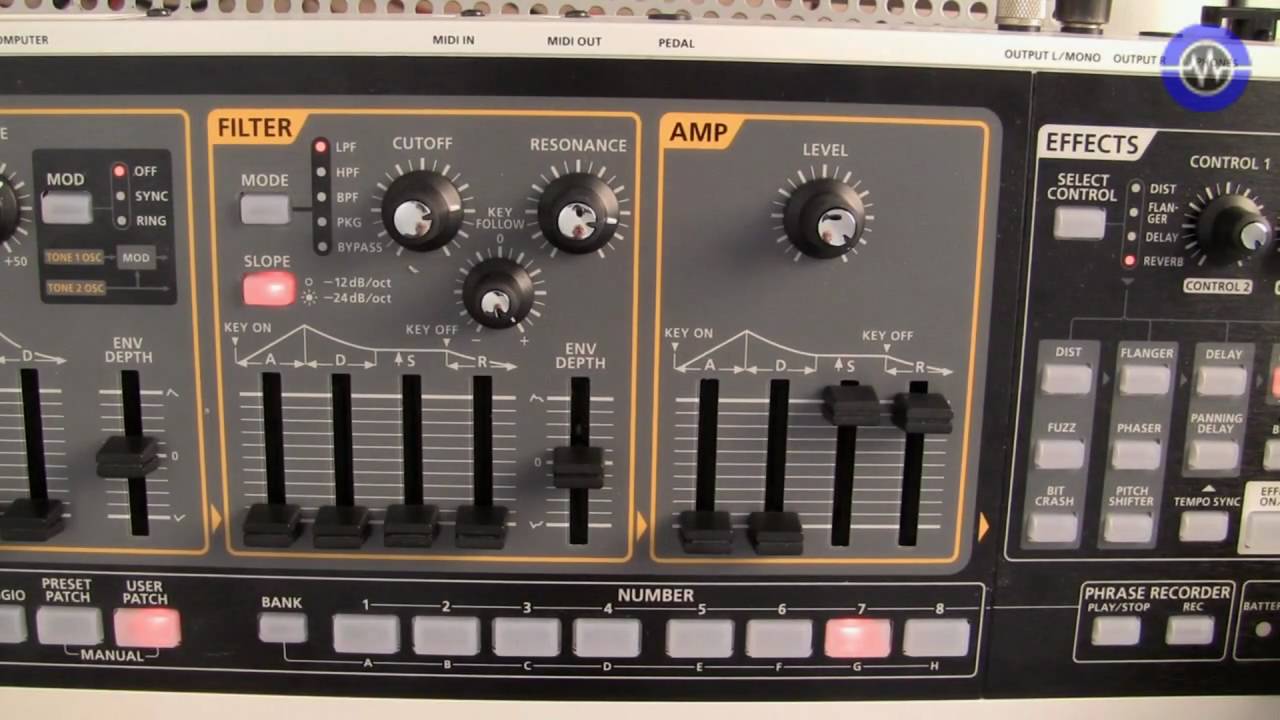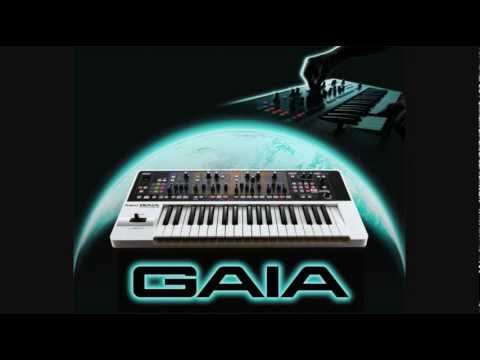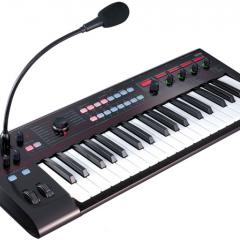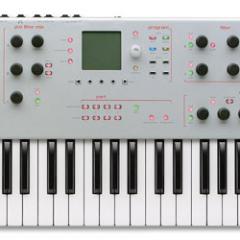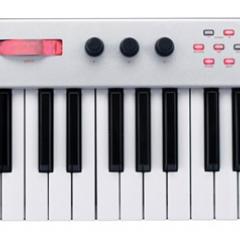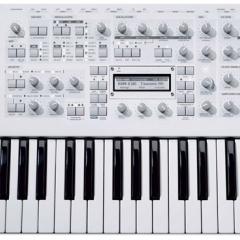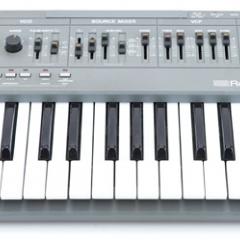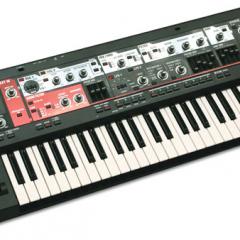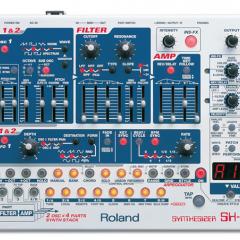Roland Gaia SH-01
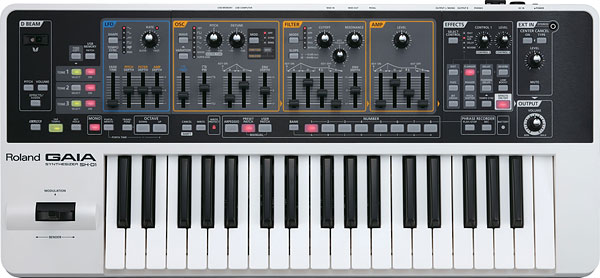
Following the SH-201, Roland continues its SH-series with the Gaia SH-01. The Gaia is an analog modeling synthesizer that retains the basic traits of previous SH-series synths: hands-on tweaking, user-friendly layout and compact design. You won't find any screens or menus on this synth—so if you're in the market for a hands-on, tactile synthesizer, the Roland Gaia SH-01 is not to be overlooked. There are 64 preset sound patches as well as 64 user patches—a huge improvement over the paltry 32 user patches in the SH-201. Weighing in at less than 10 pounds and able to run on battery power, the Gaia is a compact sound designing tool worthy of stage and studio.
The Gaia SH-01 features three oscillators, each with seven different waveforms (saw, square, pulse, triangle, sine, noise and super saw). Each of the seven waveforms have three variations, so it's almost like having 21 waveforms to choose from…per oscillator! Course tuning, fine tuning, oscillator sync and ring modulation controls, and a two-part (attack/decay) envelope generator complete the oscillator section. The filter section has all your basic controls (cutoff, resonance, a dedicated ADSR envelope generator) but also allows you to choose between low-pass, hi-pass, band-pass, or peaking filters. You can also bypass the filter entirely. The amp section controls the volume of the selected oscillator and has your standard ADSR envelope generator. The Gaia essentially offers three LFOs at your disposal (with controls for rate, tempo sync, delay time) that can be routed to any combination of the oscillator, filter or amp.
What makes the Gaia SH-01 stand out, is that although there is physically one oscillator, one filter, one amp and one LFO, you actually have three of each that are virtually layered over one another. In other words, this synth can sound huge! Many synthesizers have any number of oscillators that mix down before going to the filter and amp, but each Gaia oscillator has its own filter, amp and LFO, allowing for some very interesting patches. Furthermore, there is a dedicated master effects section featuring distortion, fuzz, bit crusher, flanger, phaser, pitch shifter, delay, panning delay, reverb and low boost. Each effect is highly tweak-able and really helps bring its sounds to life.
Of course, Roland has their "D-Beam" sensor for live performance fun (or just showing off to your friends). There is an onboard phrase recorder, arpeggiator, external audio input with various voice-canceling options, V-link support, 37-key keyboard with pitch/mod combo joystick, MIDI In/Out and USB connectivity to store patches to a thumb drive or use the bundled patch editor software. No MIDI-Thru may be an issue for some—the Gaia will need to be last in your daisy chain.
The predecessor to the Gaia SH-01, the SH-201, notoriously felt cheaply made, particularly the keys and the plastic casing. The Gaia is still plastic, but the keys feel much better than the SH-201 and the Gaia feels less "hollow" and more robust than the SH-201.
For well under a thousand USD, you'd be challenged to find a better analog modeling hardware synthesizer. There is so much more to this synth than meets the eye. On top of the fact that you have three oscillator sections, filter sections, amp sections, and LFO sections that all mix down to the master effects section, there is a "Shift" button that allows you to adjust countless other parameters to further expand your synthesizing. Nearly every knob, button and fader has a second function via the "Shift" button. Roland could not fit all the "Shift" functions on the panel, but the manual contains a list of these parameters and they are logically laid out to help keep you planted in the groove of sonic exploration.
In summary, the Gaia SH-01 highly compliments the SH-series name and is more than worthy of carrying the name. Analog purists, forget about "analog vs. digital" and just give this synth a try, it's surprising how good analog modeling can sound when Roland does it right!
Demos & Media
